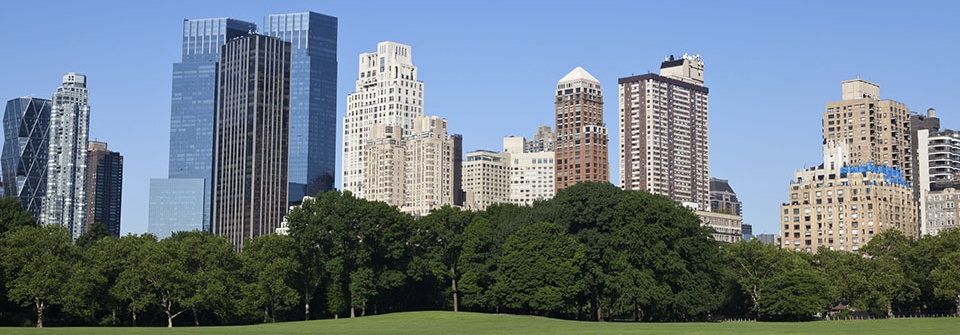Following the NDA government’s “Ease of Business” mantra, the environment ministry has exempted big realty projects from mandatory environmental clearances if states impose pre-specified and standard green conditions under their building bye-laws.
But, even before the environment ministry carries out mandatory public consultation and notifies these proposed changes, the urban development ministry has already amended its model Building bye-laws public announcing the relaxation for the construction industry. This will take the construction industry out of the environment ministry’s purview and no project could be challenged on environmental grounds before the National Green Tribunal.
Under the current Guidelines for seeking Environment Clearance for Construction Projects the building and township projects of more than 20,000 square meters size are required to carry out an Environment Impact Assessment (EIA) study to gauge possible impacts of the project on the surrounding environment before starting its construction. If the project is considered safe, the State Environment Impact Assessment Authorities (SEIAA) appointed by the environment ministry, give permission (environment clearance) to the project.
The ministry has now issued a draft notification on April 29 which says the states which will integrate environmental conditions in the building approvals under their Building Bylaws will not have to get environment clearance for construction projects. It replaces the area-specific EIA and environment clearance process carried out by SEIAA prior to starting of the project with standard conditions such as ‘sewage discharge’, ‘water harvesting’ and ‘DG Sets specification’ imposed and monitored by the local urban authorities post construction of the project.
CHANGING STANCE
- 2004 Construction sector brought under the purview of the Environment Protection Act, 1986.
- 2006 EIA Notification, 2006 mandated building projects of more 20,000 sq meters should carry out green assessment.
- 2009 The ministry proposed to exempt projects up to 50,000 sq meters from requirement, but proposal dropped due to environmental concerns.
- Dec 2012 The environment ministry constituted a committee to review the provisions of Environment Impact Assessment Notification, 2006.
- June 2013 Environment ministry accepts panel’s recommendations.
- April 2016 Ministry issues draft notification to replace environment clearance for building projects.
The idea of integrating environmental conditions with building permissions is to ensure smaller buildings also meet the environmental standards. Buildings between 5,000 to 20,000 sq metres were not under the environment impact assessment (EIA) purview earlier but now, under the new model building bylaws, even smaller buildings will be monitored by urban local bodies. ” The idea is to make more buildings follow environmental norms,” joint secretary Manoj Kumar Singh said. ”
Experts Views
This has raised a number of concerns on how the new rules will impact urban environment. Though, the Model Building Byelaws have a chapter on “Requirement of Climate Resilient Construction”, experts believe that relaxing eco scrutiny could have unnecessary repercussions. One of the main problems with the new bylaws is that compliance to green conditions will be overseen by local urban bodies, which experts feel lack the competence to verify the environmental impact of large constructions.
“The municipal corporations or other development agencies are not equipped and qualified to inspect building sites,” said AK Jain, former commissioner (Planning) of Delhi Development Authority. “Such agencies will not be able to assess parameters such as transit-oriented development, water, energy, landscape and whether the location or site is suited for a large building project.”
Green lawyer Ritwick Dutta talked of another concern. As per a Supreme Court order, all construction projects within 10 km of national parks that requiring environmental clearance have to also get the nod of the National Board for Wildlife (NBWL). “If these projects no longer need to go through EIA process, then the projects will not go to the NBWL either,” he pointed out.
However, DS Mishra, additional secretary, urban development ministry, insisted, “The new rules will make compliance with environmental conditions even more stringent. Earlier EIA consultants were involved in preparing reports, they would reach the SEIAA and then go back and forth on various doubts the agency raised. Sometimes, the cost of these projects went up by 30%. Now things will be more stringent, and corruption and delays will be addressed.”

